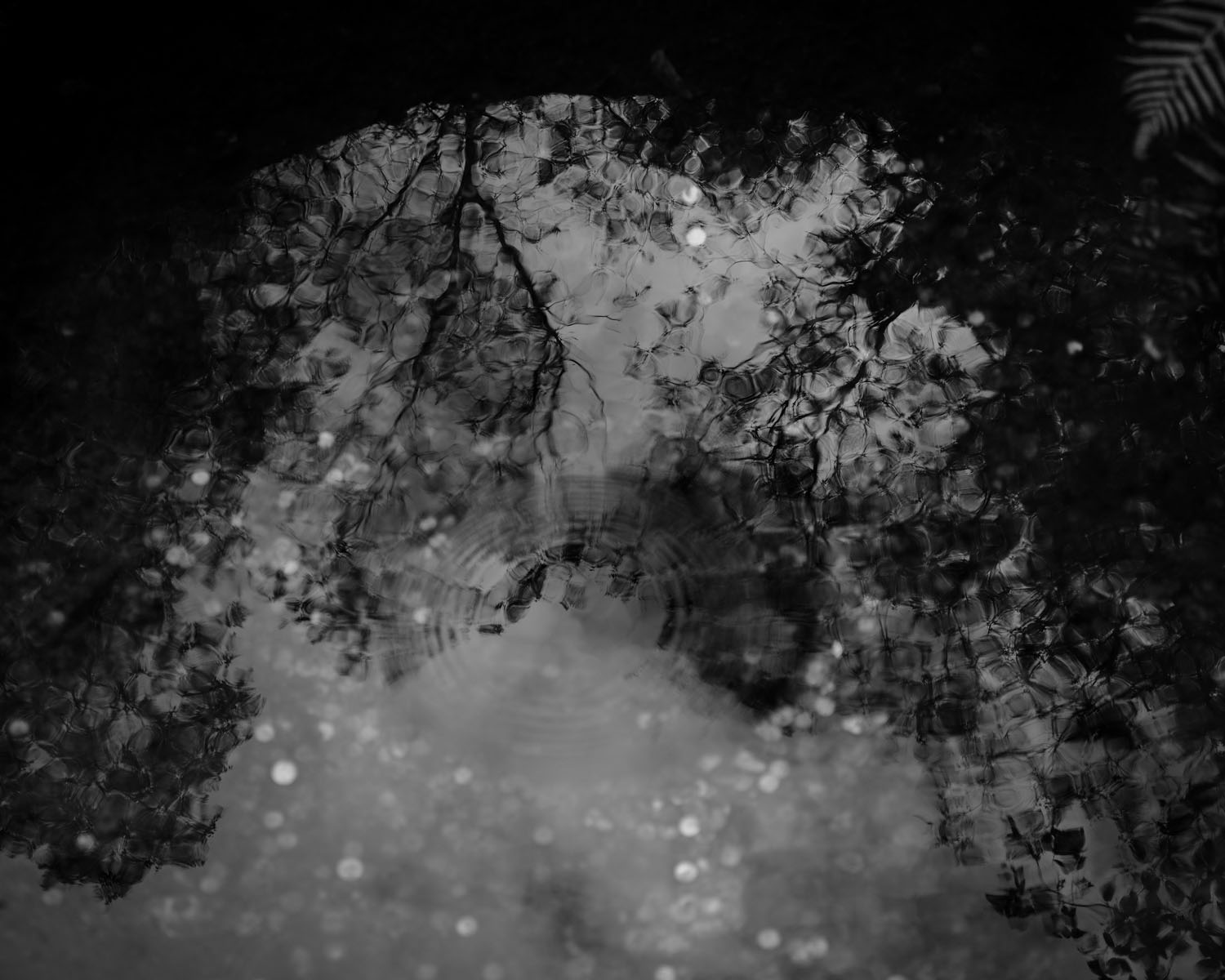Image


You should really subscribe now!
Or login if you already have a subscription.
Jared Ragland is a fine-art and documentary photographer and former White House photo editor. His collaborative, socially conscious art practice critically explores Southern identity, marginalized communities, and the history of place. He was appointed visiting distinguished professor at the University of South Florida in 2019, is the recipient of a...